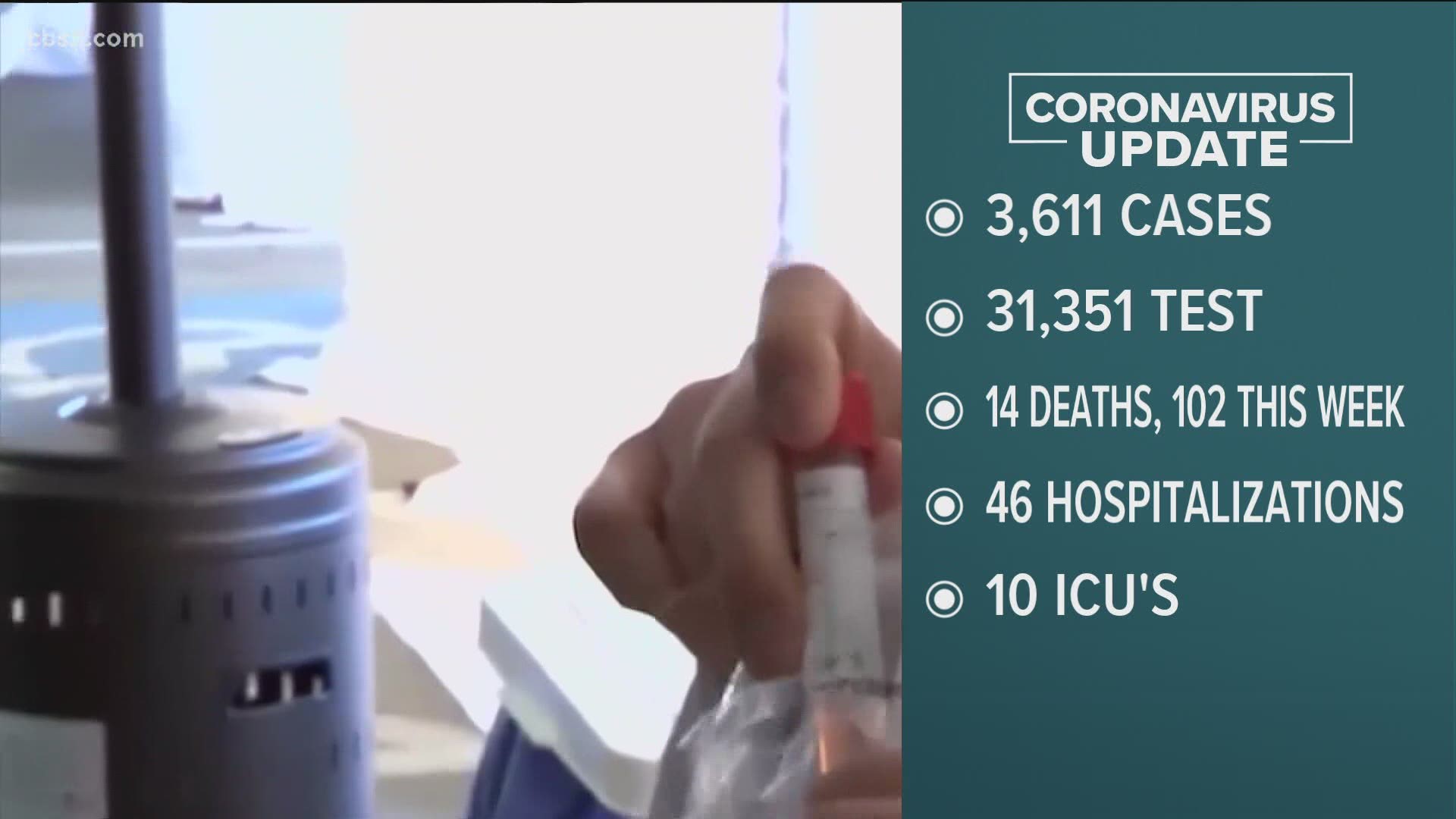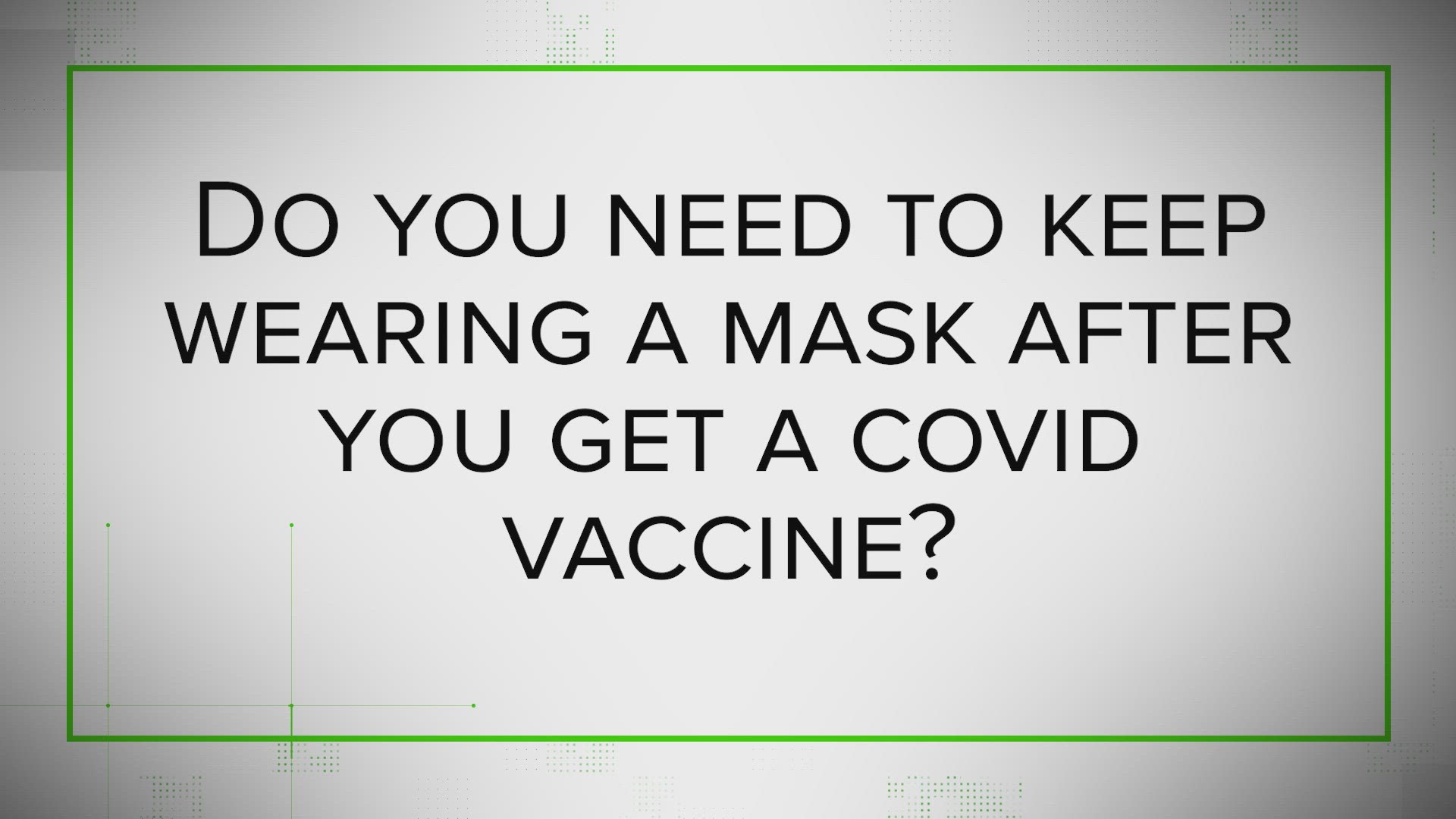CHULA VISTA, Calif. — On the frontlines of healthcare, Danisha Jenkins, the director of critical care at Sharp Chula Vista Medical Center says healthcare workers are in a constant balance of trying to manage the ebb and flow of critically ill patients.
“It has been extremely challenging and extremely heartbreaking to witness the suffering,” Jenkins said.
The South Bay has seen a sharp increase in COVID-19 cases and deaths for San Diego County.
“We've been going for a long time down here,” she said.
Jenkins says they’ve treated the highest numbers they've ever seen, and what used to be 70 COVID-19 patients a day turned into 145 on Friday.
“Our nurses, our physicians, all of our team members are extremely exhausted, and at the same time proud and thankful to be at the forefront,” Jenkins said.
Even with the COVID-19 vaccine already being administered in San Diego, nurses say it's not time to let your guard down.
“We need a very large percentage of our community to be vaccinated, approximately 70 percent is what the epidemiologists are saying right now, so it's going to take a while,” Jenkins said.
Each day brings a new patient with a serious case. Medical teams are trying to stay encouraged despite the grim outlook. She says the most dire need they are seeing right now is actual physical beds to put patients in and although there might be enough ventilators, there is not always someone available to run the machine.
“We know this isn't ending any time very soon we do have a rough couple of weeks to months ahead," Jenkins said. "It's so challenging because when you look into the eyes of one of your patients, you see your family members, you see your community.”
Jenkins says although so many are “pandemic fatigued,” the public cannot stop wearing masks, social distancing, washing their hands and avoiding large gatherings.
"There are many people who don't have the privilege to stay at home," she said. "We have essential workers that must go out every day and put themselves at risk and expose themselves, and many of those essential workers live in the South Bay, so it is very important that we understand and everyone is at risk, but particularly our elderly family members continue to be at the most risk, and we need to do what we need to do to survive and take care of one another."


